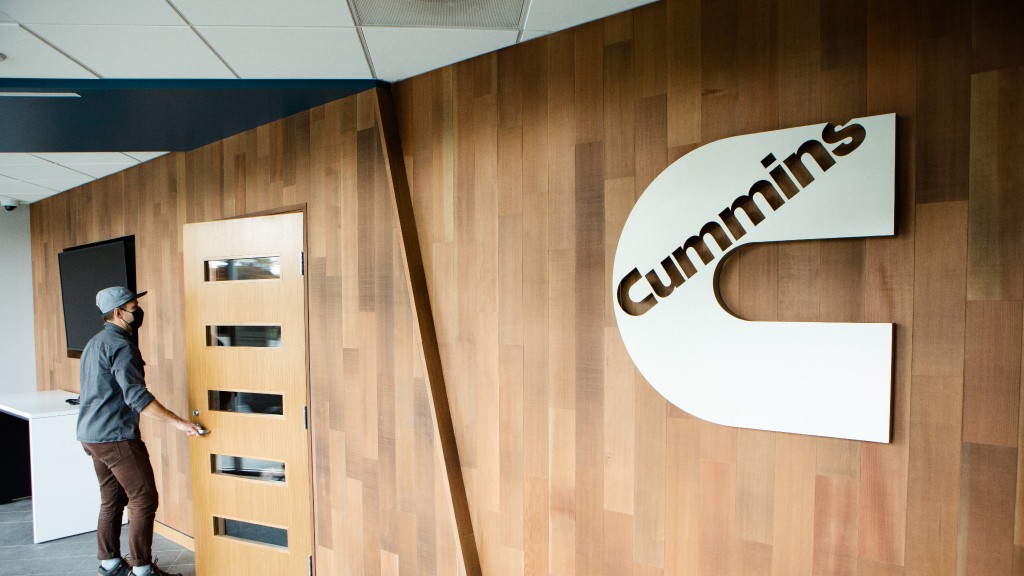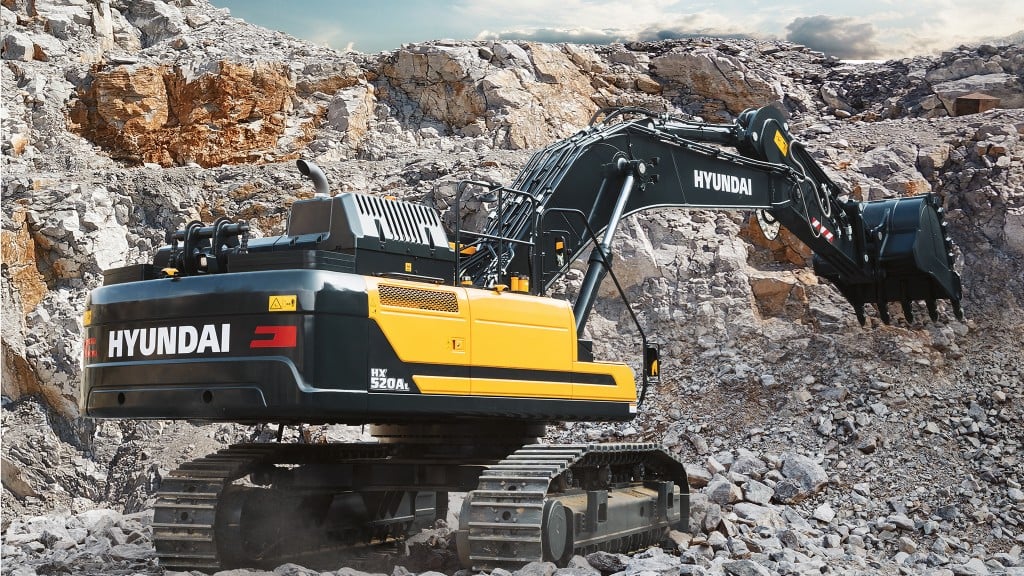Cummins drives low-carbon efforts with new approach to powertrain options

In an effort to expand decarbonization, Cummins is expanding its powertrain platforms to provide buyers with easier access to lower carbon fuel types. A series of fuel-agnostic engine platforms will be brought to the market, using common bases and parts while running on different fuels.
These engine platforms will use engine blocks and core components that share architectures, and will be optimized for different low-carbon fuel types. The new design approach will involve Cummins' B, L and X-Series engines, and each will be available using diesel, hydrogen or natural gas.
"Getting to zero is not a light-switch event. Carbon emissions that we put into the atmosphere today will have a lasting impact. This means anything we can do to start reducing the carbon footprint today is a win for the planet. We need to take action now," said Srikanth Padmanabhan, President, Cummins Engine Business. "Having a variety of lower carbon options is particularly important considering the variation in duty cycles and operating environments across the many markets we serve. There is no single solution or "magic bullet" that will work for all application types or all end users."
Cummins states that the new engine versions will have largely similar components below the head gasket, and above the head gasket will be designed for the different fuel types. This parts commonality will offer increased benefits for both truck OEMs and end users, making it easier for OEMs to integrate an engine across its truck chassis while offering a range of fuel types as customers require. Training for technicians will be reduced, making for a lower total cost of ownership.
"This is a new way of designing and developing lower emission internal combustion powertrains that meet the unique needs of the transportation industry while leveraging the benefits of a common product architecture and footprint where possible," said Jonathon White, Vice President of Engineering, Engine Business. "This unique technology approach will allow end users to more seamlessly pick the right powertrain for their application with the lowest CO2 impact."
Cummins is targeting net-zero emissions by 2050, and part of that move is to reduce emissions from newly sold products by 25 percent and, in partnership with customers, to cut emissions from products in the field by 55 million metric tons by 2030.
"Cummins is innovating at every level of the company to find new ways of working that use fewer of the world's resources and the Engine Business is at the center of this exciting innovation," said Padmanabhan. "We know that our planet cannot wait for the perfect solution to happen. Instead, our approach must be a combined effort of using zero emissions power where it's available and using cleaner power where it is not. The planet cannot afford for us to hit pause in the meantime."



